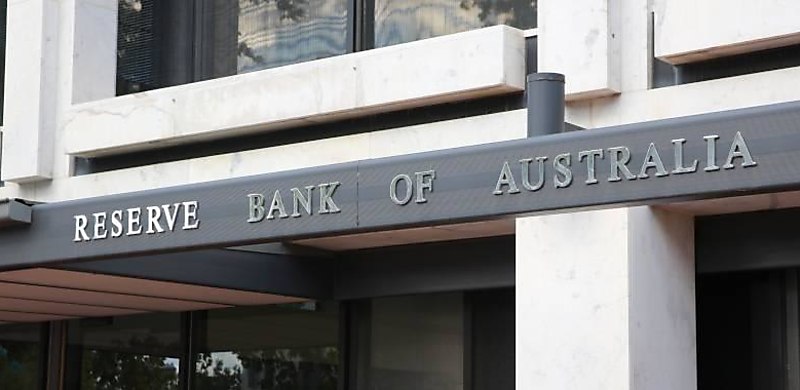
While it hopes those on fixed-rate mortgages are already saving for increased repayments, the Reserve Bank says it’s impossible to know for sure.
In its latest Bulletin released on Thursday (16 March), the RBA explores the financial stability risks of fixed-rate mortgages. In an article titled ‘Fixed-rate Housing Loans: Monetary Policy Transmission and Financial Stability Risks’, the central bank notes that during the COVID-19 pandemic, the value of fixed-rate housing loans increased substantially, peaking at almost 40 per cent of outstanding housing credit in early 2022, or roughly twice their usual share from prior to 2020. By mid-2022, new fixed-rate lending had declined to around 5 per cent of total new lending.
To continue reading the rest of this article, please log in.
Looking for more benefits? Become a Premium Member.
Create free account to get unlimited news articles and more!
Looking for more benefits? Become a Premium Member.
“Borrowers with fixed-rate loans have benefited from a prolonged period of low interest rates, and will have had more time than borrowers with variable-rate loans to prepare for higher rates – including by accumulating savings,” the RBA said.
However, the bank said that “it is not possible to observe how much of the cash flow associated with experiencing lower loan payments that borrowers on fixed-rate mortgages have actually saved (or will save).”
“While many borrowers on fixed rates may have saved or be saving in preparation for higher loan payments, some may have used the period of low fixed borrowing costs to consume more than they would have otherwise,” the RBA said.
According to the Reserve Bank, there are four ways for borrowers can meet increased loan payments: saving less, drawing on existing savings and wealth, reducing consumption, or even earning more money.
“If available to them, some borrowers may also choose to increase their income – for example, by changing jobs or working more hours,” the bank said.
“The higher share of fixed-rate loans (compared with past interest rate cycles) delays the cash flow channel in aggregate because some households will not face higher interest rates for a period. But this will also depend on how fixed-rate borrowers prepare their finances ahead of their fixed rate expiring. For example, if they save a lot more in anticipation of the increase in required loan payments in the future, they may not need to reduce their consumption (further) when their loan payments actually do increase.”
However, the RBA is well aware that fixed-rate borrowers present a greater risk to the financial stability of the nation than variable rate borrowers. It said financial stability risks are more likely to eventuate if there are large numbers of borrowers with risky characteristics, including high levels of debt relative to income and assets, low income levels and low spare income after meeting loan payments and other essential expenses.
While the RBA is in the dark about how many fixed-rate borrowers are saving for increased repayments, it does understand the magnitude of mortgage stress on the horizon.
In April 2022, most borrowers with fixed-rate loans spent between 5 and 25 per cent of their income making mortgage payments before they rolled off. Only one in 10 borrowers on fixed rates spent more than 30 per cent, which the RBA considers mortgage stress.
However, after rolling off fixed-rates, one in four borrowers would need to spend more than 30 per cent of their income on loan payments – a slightly larger share than borrowers with variable-rate loans, according to the RBA.
“Much of the increase comes from borrowers in the bottom half of the income distribution, who are more likely to have less spare cash flow and so may reduce their consumption and/or encounter difficulty servicing their debt as they roll off,” it said.
“This is a key group to monitor as fixed-rate loans roll off over the period ahead, especially if this group also has low savings buffers.”
[Related: The fixed-rate mortgage cliff and how brokers can help]
 Login
Login










JOIN THE DISCUSSION